What are the consequences of Russia unleashing its full nuclear arsenal?
Russia’s invasion of Ukraine is facing fierce resistance and humiliation, and they may be tempted to use their ultimate weapon: their full nuclear arsenal. In today’s thrilling new story, we explore the scenario of Russia launching a nuclear war. Which countries would be in their crosshairs? Don’t miss this shocking read! 🚀🌎💥
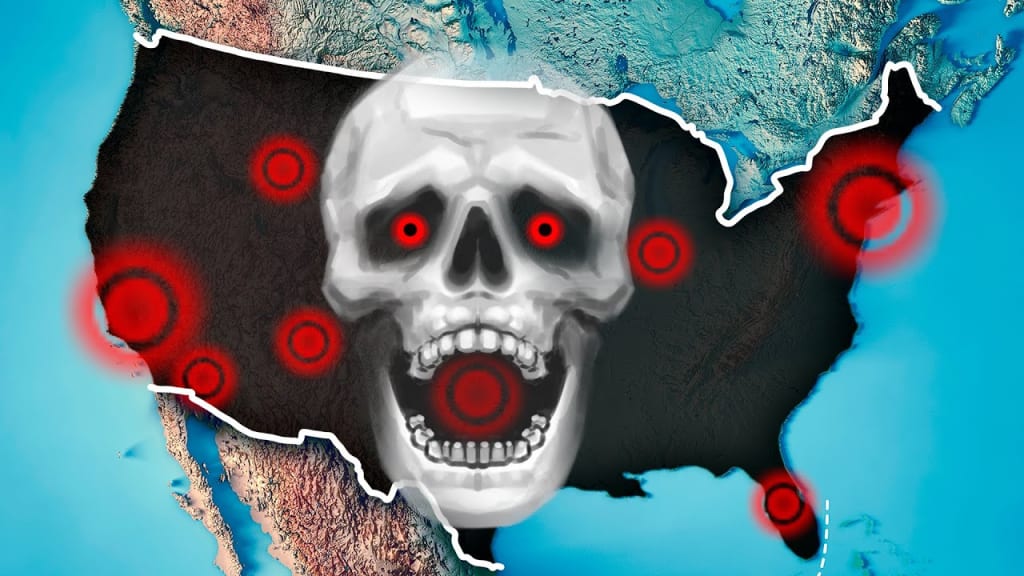
Russia’s invasion of Ukraine is facing fierce resistance and humiliation, and they may be tempted to use their ultimate weapon: their full nuclear arsenal. In today’s thrilling new story, we explore the scenario of Russia launching a nuclear war. Which countries would be in their crosshairs? Don’t miss this shocking read! 🚀🌎💥
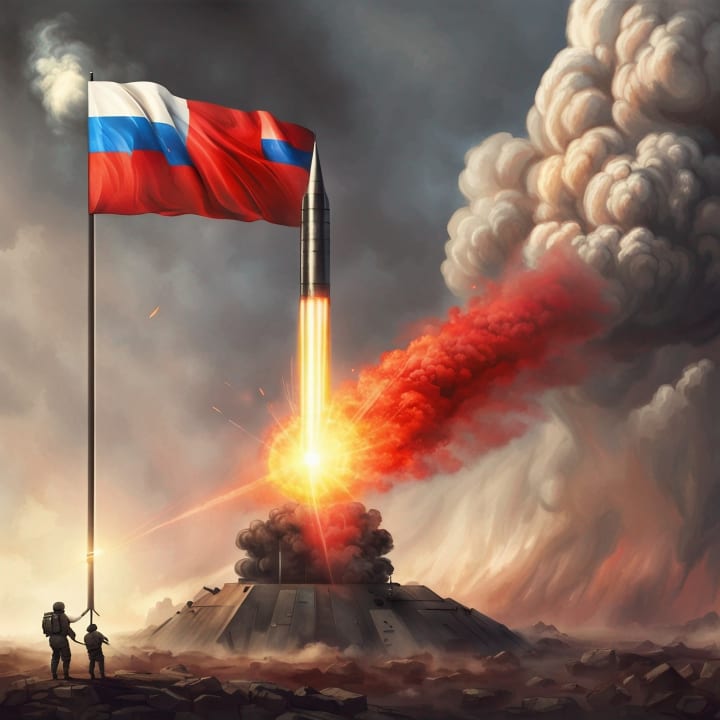
What Would Happen If Russia Launched Nukes?
Imagine this scenario: Entire swaths of the American midwest are obliterated. Washington, D. C. , London, and Berlin are decimated in fiery explosions. A quiet rural town in upstate Maine is annihilated. In a matter of minutes, 50 million people will die. This is what could happen if Russia ever launched nukes at its enemies.
In this blog post, we will explore the possible targets, effects, and consequences of a nuclear war between Russia and the United States, as well as the rest of the world. We will use realistic data and estimates to paint a picture of the most devastating scenario imaginable. We will also examine the aftermath of such a war and how it would affect the survivors and the environment.
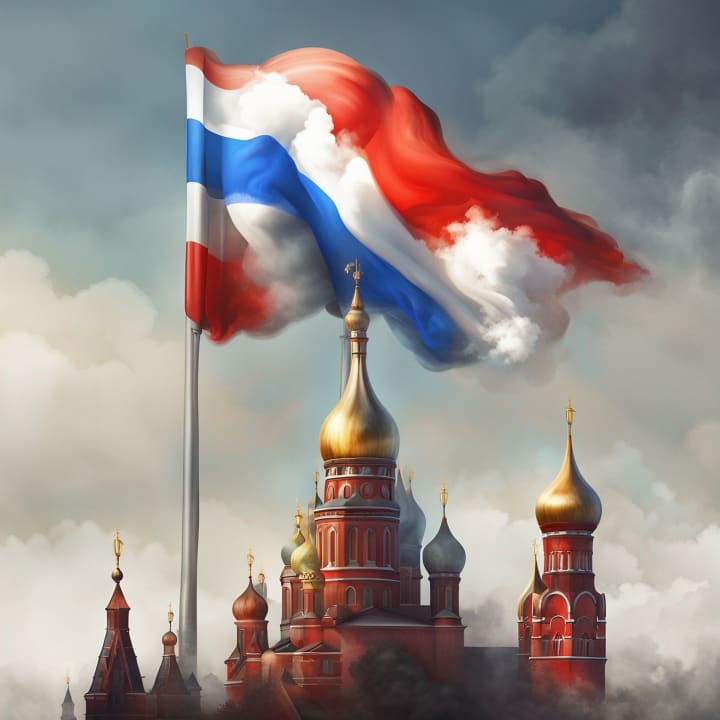
Why Would Russia Launch Nukes?
Russia has the largest nuclear arsenal in the world, with around 5,889 nukes, of which 1,588 are currently deployed. The United States follows closely behind with around 5,244 nukes, of which 1,357 are deployed. Both countries have enough firepower to destroy each other and the planet several times over.
So why would Russia ever risk launching nukes at its adversaries? The answer is not simple, but it could involve a combination of factors such as political tensions, strategic calculations, miscalculations, accidents, or even madness.
One possible trigger for a nuclear war could be the collapse of the New START treaty, which was agreed upon in 2011 to reduce the number of nuclear weapons around the world. However, this year, Putin announced that he will suspend Russia's participation in the treaty, which means he can increase his stockpile of nukes without any restrictions. This could create a new arms race and increase the risk of a nuclear conflict.
Another possible trigger could be a conventional war that escalates into a nuclear one. For example, if Russia invaded Ukraine or another NATO ally, the United States and its allies would respond with military force to defend their interests and obligations. This could lead to a situation where both sides feel threatened and resort to using nukes as a last resort or a first strike.
A third possible trigger could be a mistake or an accident that sparks a nuclear exchange. For example, if Russia detected a false alarm of an incoming missile attack from the United States or another country, it could launch a retaliatory strike before verifying the information. Alternatively, if a rogue actor or a terrorist group managed to hack into Russia's nuclear command and control system and launch nukes without authorization, it could trigger a global catastrophe.
Whatever the reason for a nuclear war, the consequences would be unimaginable. Let's take a look at some of the possible targets and effects of a Russian nuclear attack on the United States and the world.
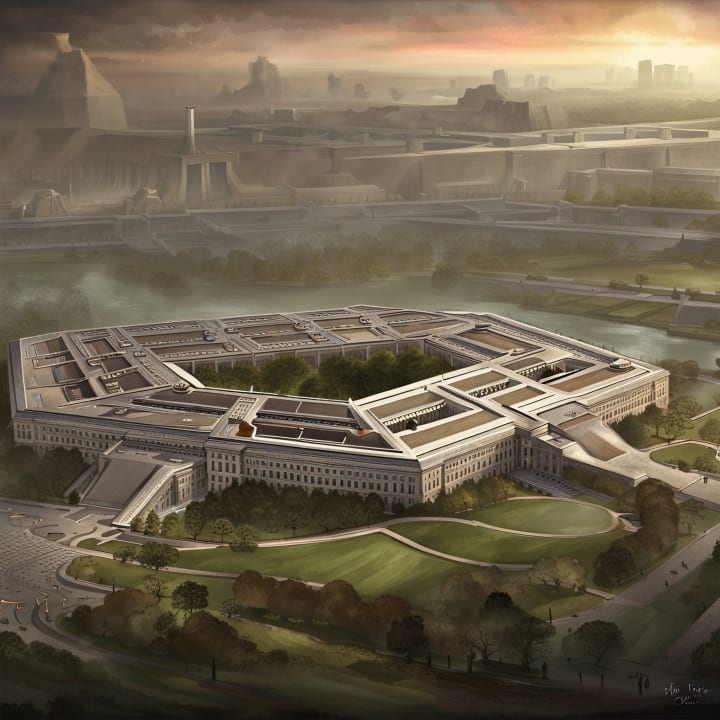
What Would Be The Targets Of A Russian Nuclear Attack?
If Russia decided to launch nukes at its enemies, it would have to prioritize its targets based on their strategic value and their ability to retaliate. This means that Russia would target military installations, command and control centers, major cities, industrial centers, and transportation hubs.
Some of these targets are easier to predict than others, but if we listen to what Putin has said in the past, he has blatantly stated where nukes will be aimed. While talking to the Russian people on national television, Putin discussed a new hypersonic missile that could travel 5 times faster than the speed of sound at 3,836 miles per hour or 6,173 kilometers per hour. He claimed this missile could be fitted with a nuclear warhead. The weapon likely doesn't exist in any type of working fashion, but in the announcement, Putin proclaimed it would be used to strike:
- The Pentagon
- Camp David
- Jim Creek Naval Radio Station
- Fort Ritchie
- McClellan Air Force Base
These are all military targets that are located in or near major cities in the United States. By destroying them, Russia would deal a significant blow to the U.S. military's command structure and its ability to launch its own nukes back at Russia.
However, these are not the only military targets that Russia would go after if war broke out. Let's start by looking at what other military targets Russia would strike before getting into the major cities and other locations that a Russian nuclear attack could target.
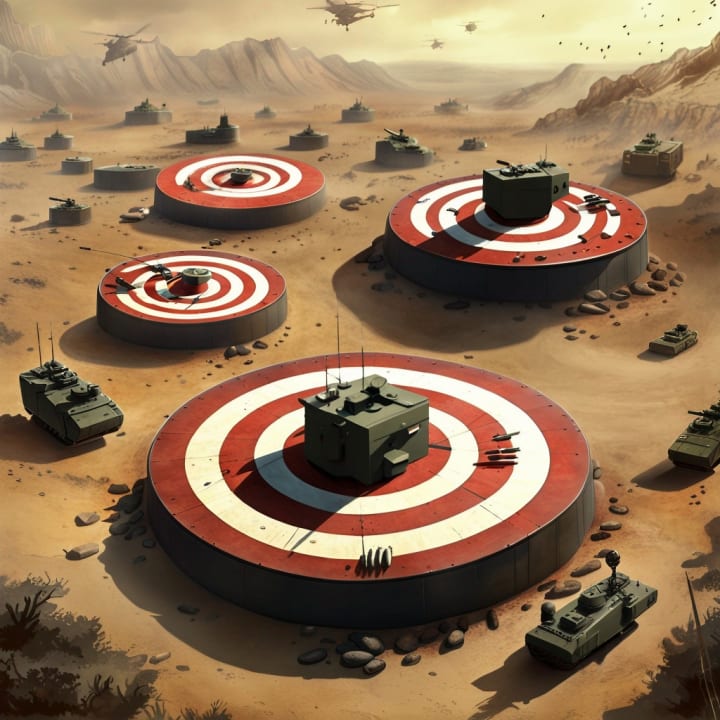
Military Targets
The United States has hundreds of military bases across its territory and around the world. Many of them house nuclear weapons or have other strategic functions that make them attractive targets for Russia.
One of the most important types of military targets that Russia would aim for are nuclear missile silos. These are underground bunkers that store intercontinental ballistic missiles (ICBMs) that can reach any part of the world with nuclear warheads.
The United States has three main ICBM bases that each control 150 Minuteman III missiles. These are:
- Malmstrom Air Force Base in Montana
- Minot Air Force Base in North Dakota
- F.E. Warren Air Force Base in Wyoming
These bases are located in remote and sparsely populated areas of the country, which makes them harder to detect and destroy. However, Russia would still try to take them out with multiple nukes to prevent the United States from launching its own missiles back at Russia.
The effects of a nuclear blast on these bases would be devastating. Not only would they kill everyone on the base and in the nearby towns, but they would also contaminate the water sources and the land with radioactive fallout. The Missouri River, which flows near all three bases, would become irradiated and carry radioactive particles downstream and eventually into the Mississippi River. This would affect millions of people who depend on the river for drinking water, agriculture, and transportation.
Another type of military target that Russia would aim for are command and control centers. These are facilities that coordinate the operations of the U.S. military and its nuclear forces. They include:
- The North American Aerospace Defense Command (NORAD) at Peterson Air Force Base in Colorado
- Offutt Air Force Base in Nebraska, which hosts the U.S. Strategic Command
- The VLF Transmitter Cutler in Maine and the Jim Creek Naval Radio Station in Washington, which transmit messages to U.S. submarines in the Atlantic and Pacific Oceans
- The Lualualei VLF transmitter in Hawaii, which also communicates with U.S. submarines in the Pacific Ocean
These facilities are vital for the U.S. to maintain situational awareness, deterrence, and response capabilities in a nuclear war. By destroying them, Russia would disrupt the U.S. military's command structure and its ability to communicate with its nuclear forces.
The effects of a nuclear blast on these facilities would also be catastrophic. Not only would they kill thousands of military personnel and civilians who work or live near them, but they would also cause widespread damage to the surrounding areas. For example, a nuke hitting NORAD would also destroy much of Colorado Springs, a city of over 400,000 people. A nuke hitting Offutt Air Force Base would also decimate Omaha, a city of over 500,000 people. A nuke hitting Cutler or Jim Creek would also affect the coastal ecosystems and wildlife of Maine and Washington. A nuke hitting Lualualei would also wipe out a large part of Oahu, an island with close to a million people.
In addition to these facilities, Russia would also target other military bases that host nuclear weapons or have other strategic functions. Some of these include:
- Barksdale Air Force Base in Louisiana, which hosts B-52 bombers that can carry nuclear weapons
- Whiteman Air Force Base in Missouri, which hosts B-2 stealth bombers that can carry nuclear weapons
- Kings Bay Naval Submarine Base in Georgia and Bangor Naval Submarine Base in Washington, which host ballistic missile submarines that can launch nuclear weapons
- Pearl Harbor Naval Base in Hawaii, which hosts various naval vessels and aircraft that can carry nuclear weapons
- Nellis Air Force Base in Nevada, which hosts various fighter jets and bombers that can carry nuclear weapons
- Vandenberg Air Force Base in California, which hosts various space launch facilities and missile test ranges
These bases are located near or within major cities or urban areas, which means that a nuclear blast on them would cause massive casualties and damage. For example, a nuke hitting Barksdale Air Force Base would also kill over 100,000 people in Shreveport and Bossier City. A nuke hitting Whiteman Air Force Base would also kill over 50,000 people in Warrensburg and Sedalia. A nuke hitting Kings Bay Naval Submarine Base would also kill over 40,000 people in St. Marys and Kingsland. A nuke hitting Bangor Naval Submarine Base would also kill over 30,000 people in Silverdale and Poulsbo. A nuke hitting Pearl Harbor Naval Base would also kill over 200,000 people in Honolulu and Waipahu. A nuke hitting Nellis Air Force Base would also kill over 600,000 people in Las Vegas and Henderson. A nuke hitting Vandenberg Air Force Base would also kill over 40,000 people in Lompoc and Santa Maria.
These are just some examples of the military targets that Russia would strike if it launched nukes at the United States. There are many more bases across the country and around the world that could be targeted as well.
However, Russia wouldn't just target military installations; it would also target major cities, industrial centers, and transportation hubs.
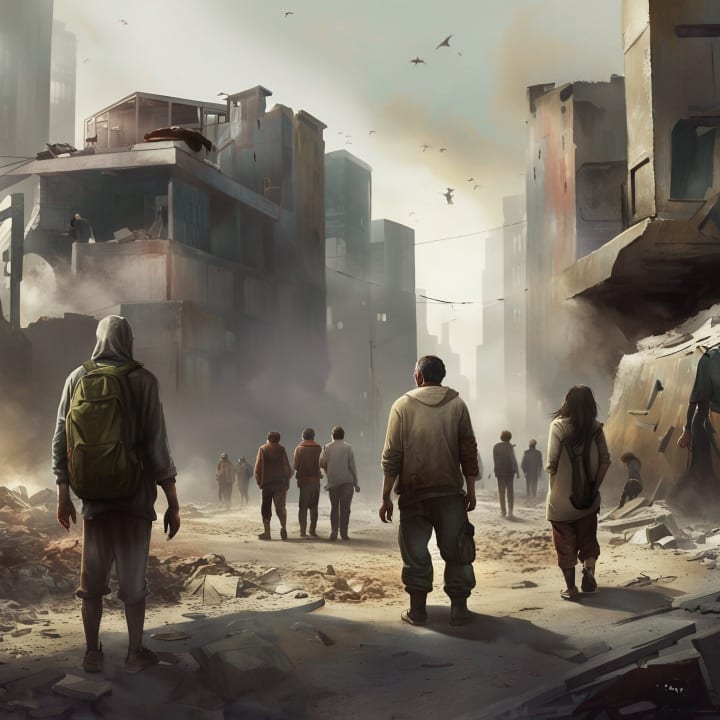
Civilian Targets
If Russia wanted to inflict maximum damage and casualties on the United States, it would have to target its major cities and urban areas where most of the population lives.
According to the U.S. Census Bureau, there are 10 cities in the United States that have a population of over 1 million people. These are:
- New York City, New York
- Los Angeles, California
- Chicago, Illinois
- Houston, Texas
- Phoenix, Arizona
- Philadelphia, Pennsylvania
- San Antonio, Texas
- San Diego, California
- Dallas, Texas
- San Jose, California
These cities are also important centers of finance, commerce, culture, and innovation. By destroying them, Russia would cripple the U.S. economy and society.
The effects of a nuclear blast on these cities would be unimaginable. Not only would they kill millions of people in the initial explosion, but they would also injure millions more from radiation burns, flying debris, collapsed buildings, and fires. The infrastructure and services of these cities would be completely destroyed or severely damaged. The communication and power systems would be fried by the electromagnetic pulse. The water and food supplies would be contaminated by radioactive fallout. The survivors would face a nightmare of chaos, panic, looting, violence, and disease.
Let's take a look at some of the possible effects of a nuclear blast on some of these cities.
New York City is the most populous city in the United States and the financial capital of the world. It has a population of over 8.5 million people in its five boroughs and over 20 million people in its metropolitan area.
If Russia targeted New York City with a nuke, it would likely aim for the Financial District in Lower Manhattan, where Wall Street and many other important institutions are located. However, it doesn't really matter where a nuke hits in New York City, as the island of Manhattan is only around 13.4 miles long and 2.3 miles wide at its widest point.
A nuke hitting New York City would annihilate the entire island and most of its surrounding areas. It would kill around 1.5 million people instantly and injure another 3 million more. The fireball caused by the nuclear explosion would vaporize everything within a half-mile radius. The blast damage would extend 4 miles out from the epicenter, which would mean most of Brooklyn, Queens, and the Bronx would be destroyed or severely damaged. The radiation exposure would extend 6 miles out from the epicenter, which would mean parts of Staten Island, New Jersey, and Long Island would be affected as well.
The iconic landmarks of New York City such as the Statue of Liberty, the Empire State Building, the Brooklyn Bridge, and the Central Park would be reduced to rubble or ashes. The subway system, which transports millions of people every day, would be flooded or collapsed. The bridges and tunnels that connect the city to the mainland would be blocked or destroyed. The airports that serve the city such as JFK, LaGuardia, and Newark would be unusable or inaccessible.
The survivors of the blast would face a hellish scenario of trying to escape or find shelter in a city that has become a radioactive wasteland. Many of them would die from radiation sickness or exposure to the elements. Others would succumb to injuries or infections from lack of medical care. Some would resort to violence or crime to survive or take advantage of the situation.
Los Angeles is the second most populous city in the United States and the entertainment capital of the world. It has a population of just under 4 million people in its city limits and over 18 million people in its metropolitan area.
If Russia targeted Los Angeles with a nuke, it would likely aim for Downtown LA, where many important buildings and landmarks are located. However, Los Angeles is not as densely populated as New York City, so the blast radius would not cover as much area.
A nuke hitting Los Angeles would kill over 500,000 people and injure 1.5 million more. The fireball caused by the nuclear explosion would vaporize everything within a half-mile radius. The blast damage would extend 3 miles out from the epicenter, which would mean most of Hollywood, Beverly Hills, and Santa Monica would be destroyed or severely damaged. The radiation exposure would extend 5 miles out from the epicenter, which would mean parts of Glendale, Burbank, and Inglewood would be affected as well.
The famous landmarks of Los Angeles such as the Hollywood Sign, the Griffith Observatory, the Walt Disney Concert Hall, and the Santa Monica Pier would be obliterated or ruined. The freeways that crisscross the city such as the 101, the 405, and the 10 would be jammed or broken. The ports that handle most of the trade between the U.S. and Asia such as Long Beach and San Pedro would be devastated or closed. The airports that serve the city such as LAX, Burbank, and Ontario would be damaged or unreachable.
The survivors of the blast would face a similar situation as those in New York City, but with some differences. Los Angeles is more spread out and has more natural barriers such as mountains and deserts that could provide some protection or isolation from the fallout. However, Los Angeles also has more problems with water scarcity and air quality that could worsen after a nuclear blast. Many of the survivors would try to flee to the coast or to other parts of California or neighboring states.
Chicago is the third most populous city in the United States and a major center of commerce, industry, and culture. It has a population of over 2.7 million people in its city limits and over 9 million people in its metropolitan area.
If Russia targeted Chicago with a nuke, it would likely aim for the Loop, where most of the skyscrapers and landmarks are located. However, Chicago is also not as densely populated as New York City, so the blast radius would not cover as much area.
A nuke hitting Chicago would kill close to 600,000 people and injure over a million more. The fireball caused by the nuclear explosion would vaporize everything within a half-mile radius. The blast damage would extend 3 miles out from the epicenter, which would mean most of the Near North Side, Near West Side, and Near South Side would be destroyed or severely damaged. The radiation exposure would extend 5 miles out from the epicenter, which would mean parts of Lincoln Park, Hyde Park, and Oak Park would be affected as well.
The iconic landmarks of Chicago such as the Willis Tower, the Millennium Park, the Navy Pier, and the Wrigley Field would be demolished or damaged. The subway system, which transports millions of people every day, would be flooded or collapsed. The bridges and tunnels that connect the city to the mainland would be blocked or destroyed. The airports that serve the city such as O'Hare, Midway, and Gary would be unusable or inaccessible.
The survivors of the blast would face a similar situation as those in New York City and Los Angeles, but with some differences. Chicago is more inland and has more access to fresh water sources such as Lake Michigan and the Chicago River that could provide some relief or contamination depending on the wind direction. However, Chicago also has more problems with crime and violence that could escalate after a nuclear blast. Many of the survivors would try to flee to the suburbs or to other parts of Illinois or neighboring states.
These are just some examples of the civilian targets that Russia would strike if it launched nukes at the United States. There are many more cities and urban areas across the country that could be targeted as well.
However, Russia wouldn't just target the United States; it would also target its allies and other countries that pose a threat to its interests.
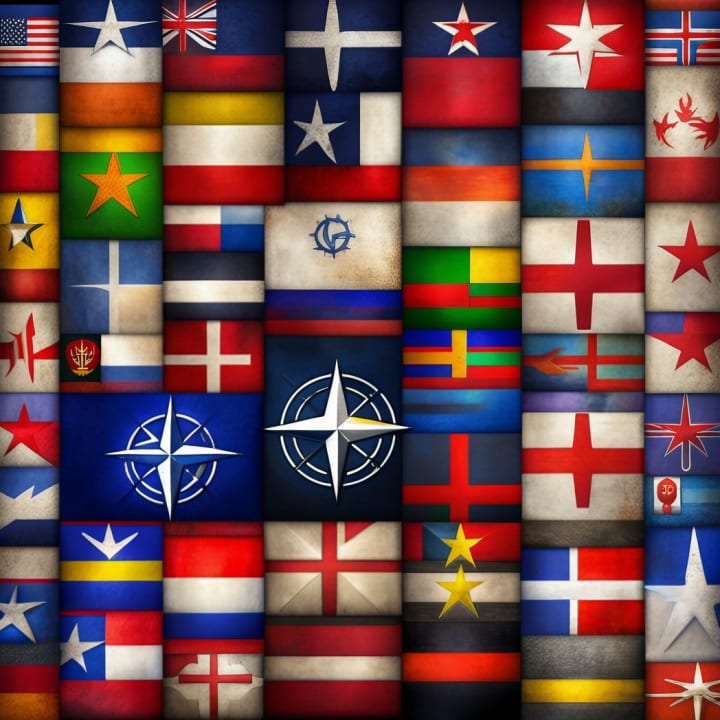
International Targets
If Russia decided to launch nukes at its enemies, it wouldn't limit itself to just targeting the United States. It would also target its allies and other countries that pose a threat to its interests.
One of the main targets for Russia would be NATO, the North Atlantic Treaty Organization, which is a military alliance of 30 countries that are committed to collective defense and security. NATO includes most of the countries in Europe, as well as Canada and Turkey. NATO has been a rival and a deterrent to Russia since the Cold War, and Russia views it as a threat to its sovereignty and influence.
If Russia targeted NATO with nukes, it would likely aim for the capitals and major cities of the member countries, as well as their military bases and installations. Some of the possible targets include:
- Brussels, Belgium, which is the headquarters of NATO and the European Union
- London, United Kingdom, which is a major financial and political center and a close ally of the United States
- Paris, France, which is a major cultural and economic center and a nuclear power
- Berlin, Germany, which is a major industrial and political center and the largest economy in Europe
- Ankara, Turkey, which is a strategic location that borders Russia and the Middle East
- Warsaw, Poland, which is a former Soviet satellite state that has strong ties with the United States and NATO
- Oslo, Norway, which is a major oil producer and exporter and a close ally of the United States
- Rome, Italy, which is a major cultural and historical center and a founding member of NATO
- Madrid, Spain, which is a major tourist destination and a founding member of NATO
- Athens, Greece, which is a major historical and cultural center and a founding member of NATO
These are just some examples of the international targets that Russia would strike if it launched nukes at its enemies. There are many more countries and cities around the world that could be targeted as well.
The effects of a nuclear blast on these targets would be similar to those on the U.S. targets. They would kill millions of people in the initial explosion, injure millions more from radiation burns, flying debris, collapsed buildings, and fires. They would also destroy or damage the infrastructure and services of these countries. They would also cause widespread contamination of the water sources and the land with radioactive fallout. They would also disrupt the communication and power systems of these countries.
The survivors of the blast would face a similar situation as those in the U.S. targets. They would face chaos, panic, looting, violence, and disease. They would also face isolation from their allies and neighbors who would be dealing with their own problems or attacks.
These are just some of the possible targets and effects of a Russian nuclear attack on the United States and the world. However, this is not the end of the story. There are also other consequences and aftermaths of such a war that would affect everyone on the planet.
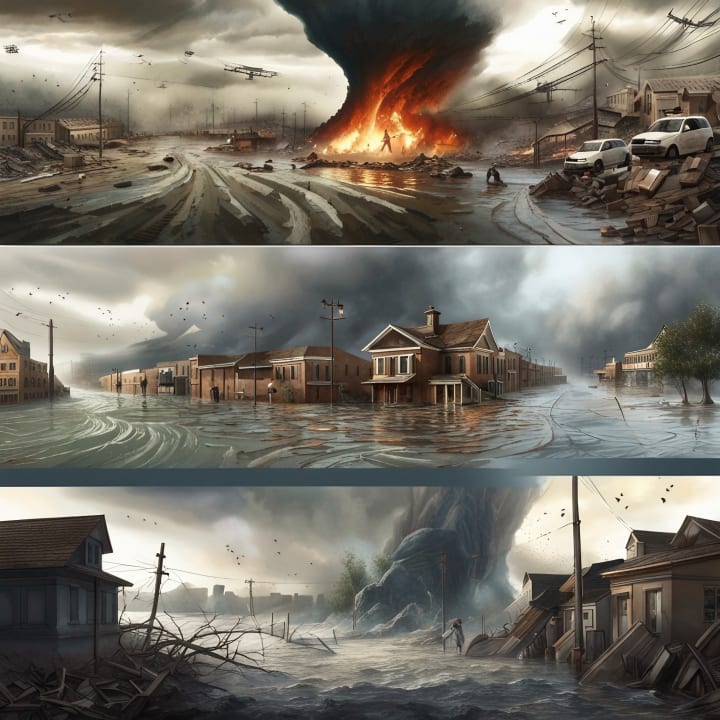
What Would Be The Consequences And Aftermaths Of A Russian Nuclear Attack?
If Russia launched nukes at its enemies, it would not only cause massive death and destruction in the targeted areas but also trigger global catastrophes that would affect everyone on the planet.
One of the main consequences of a nuclear war would be nuclear winter. This is a phenomenon where large amounts of smoke and soot from the nuclear explosions rise into the upper atmosphere and block out sunlight. This would cause global cooling, reduced precipitation, and crop failures. According to some estimates, a nuclear war between Russia and the United States could cause a global average temperature drop of 9 degrees Celsius or 16 degrees Fahrenheit. This would make the Earth colder than it was during the last ice age. The effects of nuclear winter could last for years or even decades, depending on the amount and duration of the smoke and soot in the atmosphere.
Another consequence of a nuclear war would be nuclear fallout. This is the radioactive dust and debris that falls to the ground after a nuclear explosion. Fallout can contaminate the soil, water, plants, animals, and people with harmful radiation. Fallout can also be carried by the wind and rain to distant areas that were not directly hit by the nukes. According to some estimates, a nuclear war between Russia and the United States could expose over 2 billion people to dangerous levels of radiation. This could cause cancer, mutations, birth defects, and other diseases. The effects of nuclear fallout could last for years or even centuries, depending on the type and amount of radiation in the environment.
A third consequence of a nuclear war would be societal collapse. This is the breakdown of law and order, government, economy, and civilization as a result of the chaos and devastation caused by the nukes. Societal collapse could lead to anarchy, violence, crime, famine, disease, and mass migration. According to some estimates, a nuclear war between Russia and the United States could kill over 90% of the population in both countries within a year. The survivors would face a harsh and brutal existence in a post-apocalyptic world. The effects of societal collapse could last for generations or even indefinitely, depending on the extent and duration of the damage and disruption.
These are just some of the consequences and aftermaths of a Russian nuclear attack on the United States and the world. There are many more factors and variables that could affect the outcome and impact of such a war.
However, one thing is certain: a nuclear war between Russia and the United States would be a global disaster that would end civilization as we know it.

Conclusion
In this blog post, we have explored the possible targets, effects, and consequences of a nuclear war between Russia and the United States, as well as the rest of the world.
We have seen that such a war would cause unimaginable death and destruction in the targeted areas, as well as global catastrophes that would affect everyone on the planet.
We have also seen that such a war would be futile and suicidal for both sides, as well as for humanity as a whole.
Therefore, we can conclude that a nuclear war between Russia and the United States is something that should never happen.
We hope that this blog post has been informative and educational for you. We also hope that it has made you appreciate the value of peace and cooperation among nations.
Thank you for reading this blog post. Please share it with your friends and family if you found it interesting or useful.
And remember: no nukes is good nukes.
Sources: https://pastebin.com/YGk7xf0N






Comments
There are no comments for this story
Be the first to respond and start the conversation.